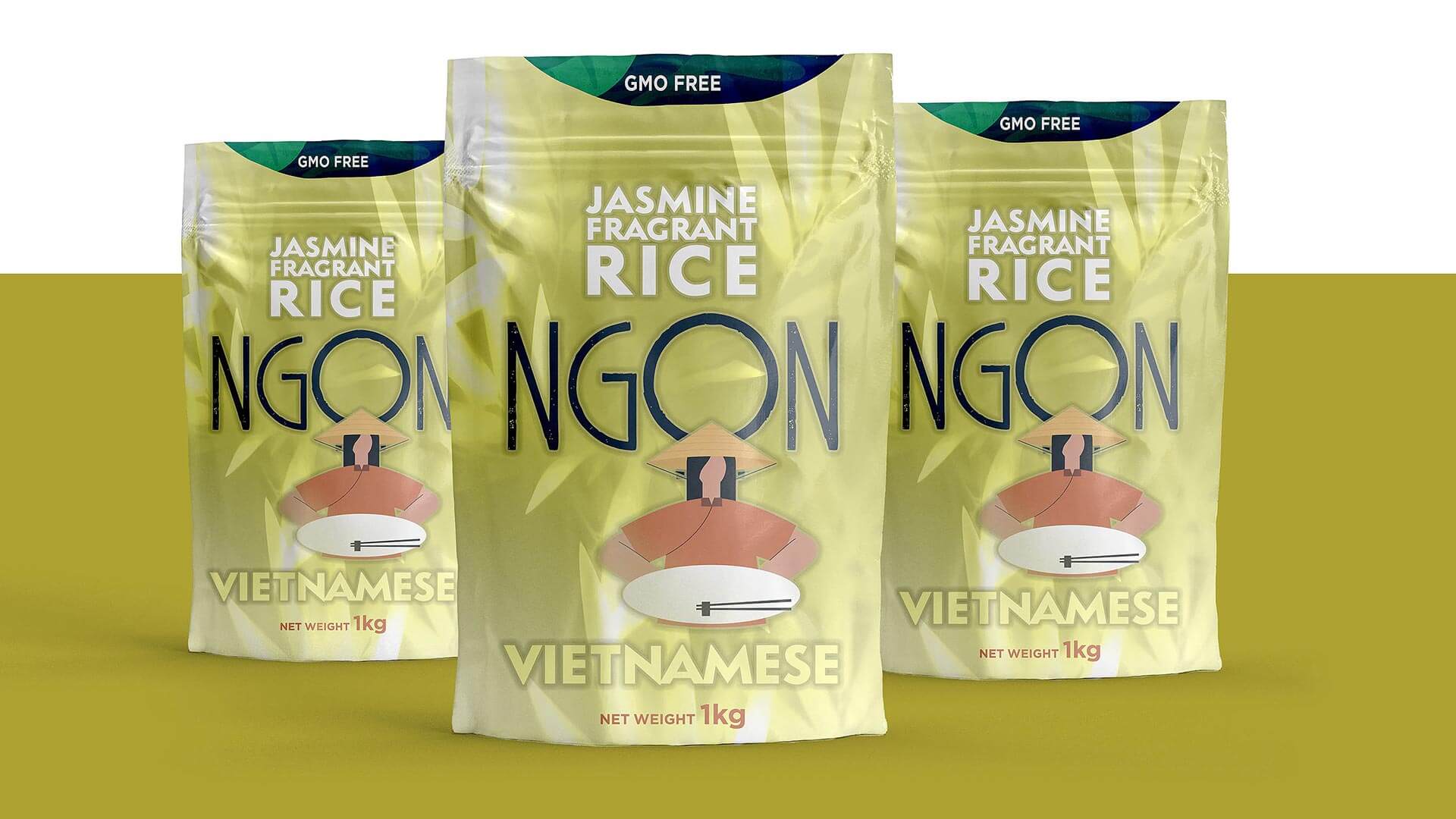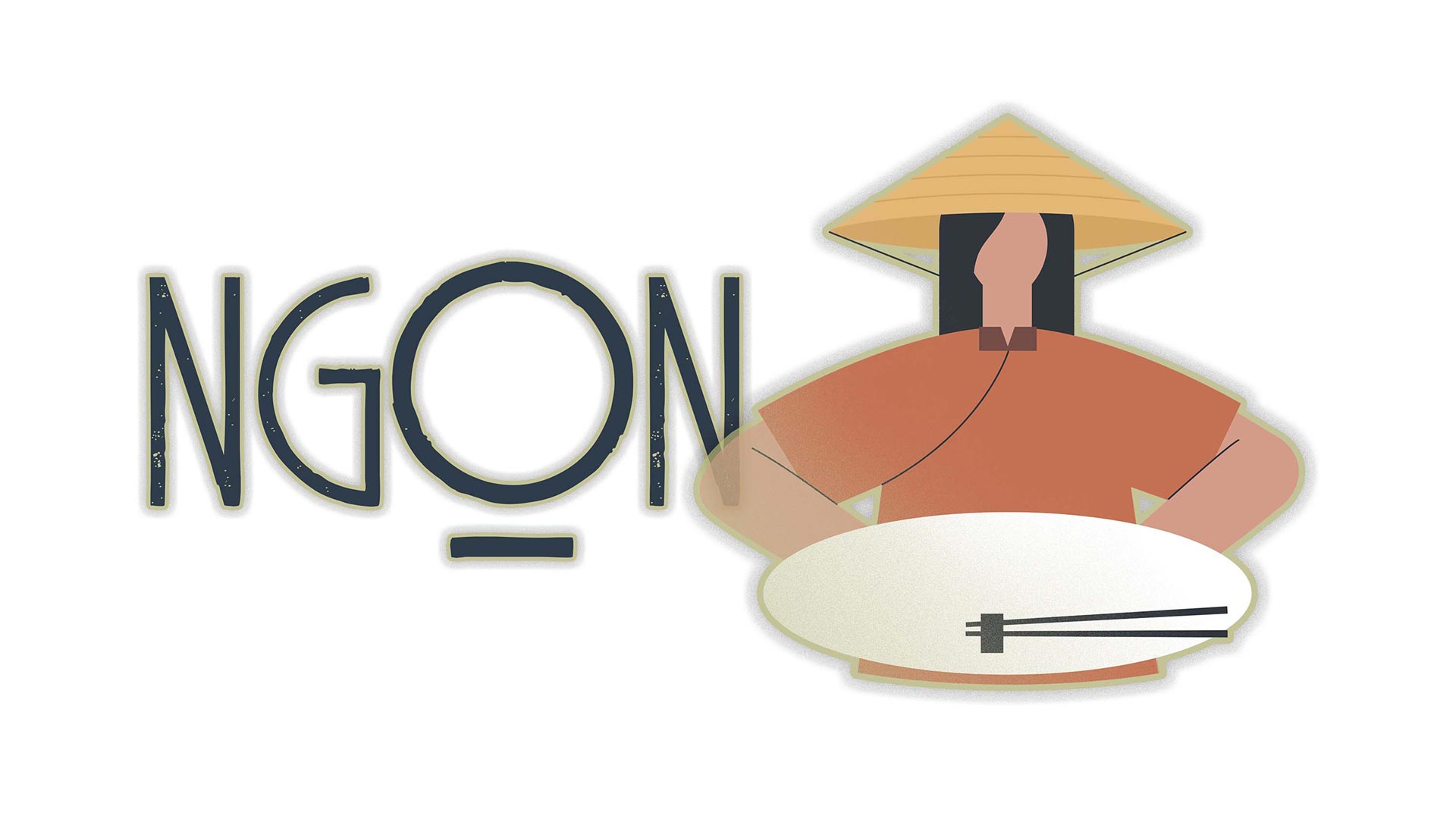Ethnic and cultural authenticity: Many rice brands are highlighting the cultural and ethnic origins of their products to appeal to consumers looking for authentic and traditional food experiences. For example, some brands are emphasizing the heritage of their rice varieties, such as basmati rice from India or Jasmine rice from Vietnam.
Thai food company headquartered in Dubai came to I Mean It Creative / Los Angeles for their branding needs. The main target audience here was the other large audience seeking ethnic and authentic tastes, apart from Asians living outside their countries.
At I Mean It Creative, the first stage of this project was to work on names for five different types of rice. It was not easy for our customer to decide on one of the dozens of alternative names we created for each brand.
Right after the naming phase, the process of working on the basic visual icon to be used by the brand began. Typography that will support this icon and supporting information about the product have been arranged on the layout. The research that our strategy department has done on competing products has helped us decide in what hierarchy the information that needs attention should be used.
Different illustration studies were produced for each package. In a short time like two months, printing proofs for the packages appeared.
These new rice brands, which started to be consumed mainly in the MENA region, are planning to enter the American market in the coming years.





